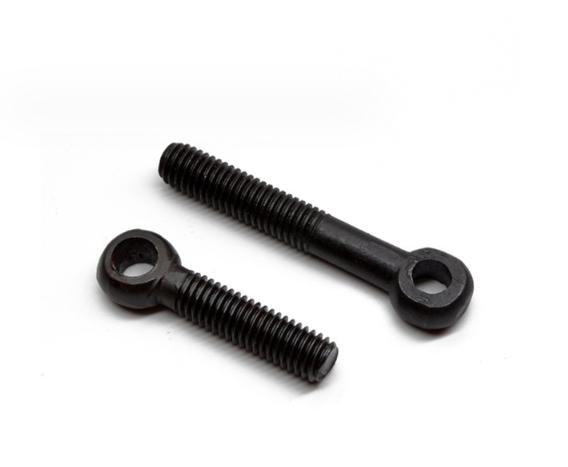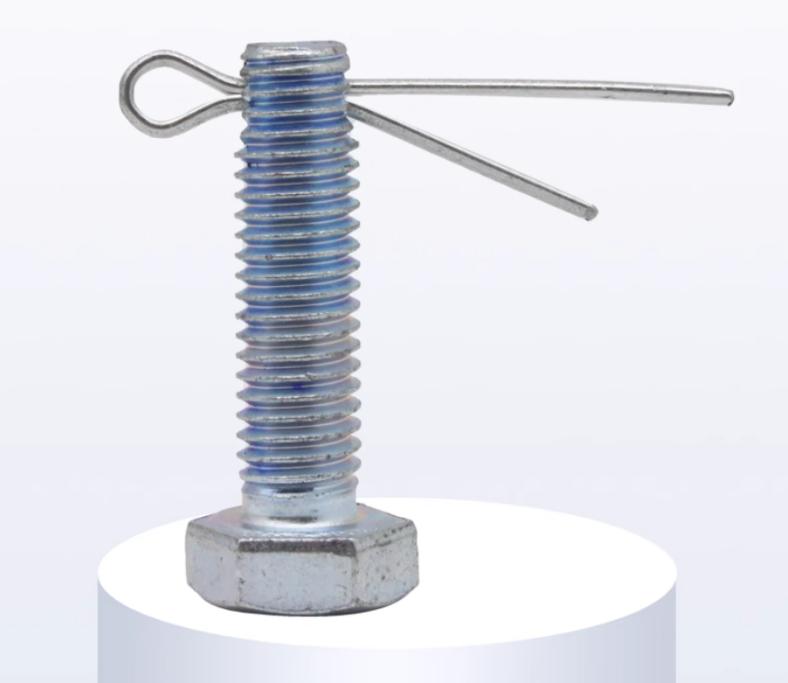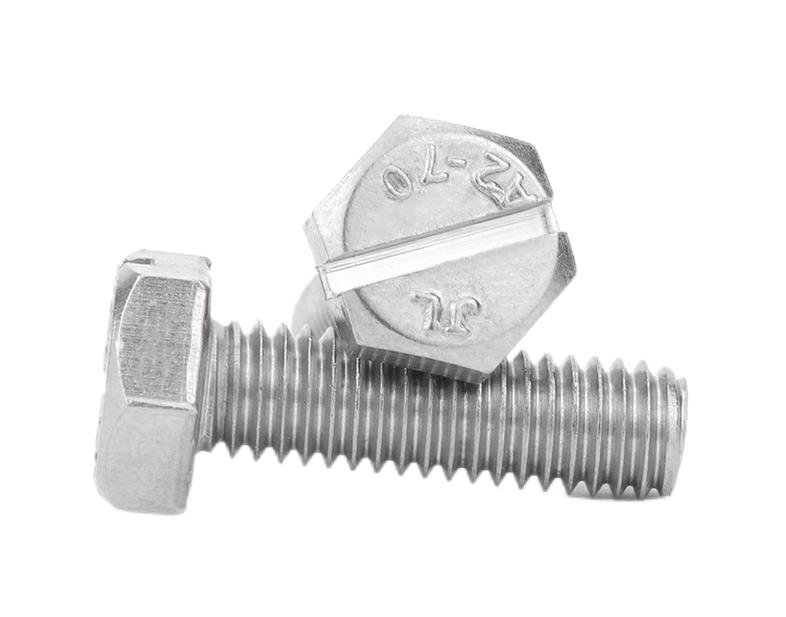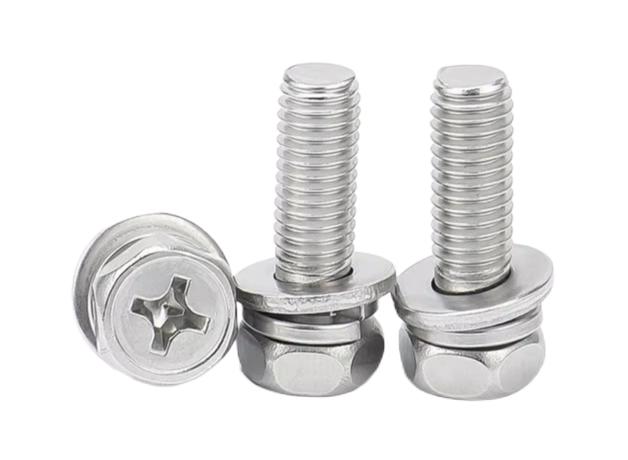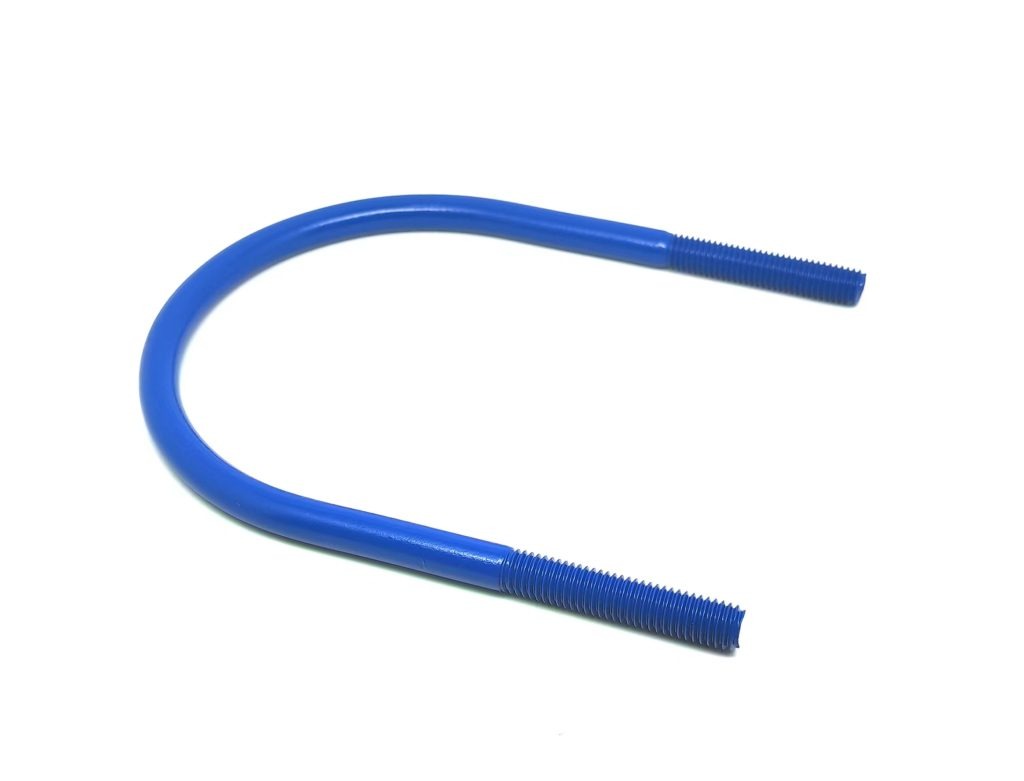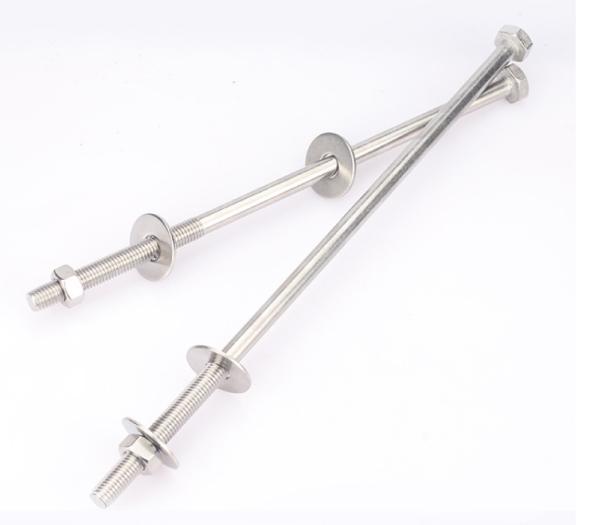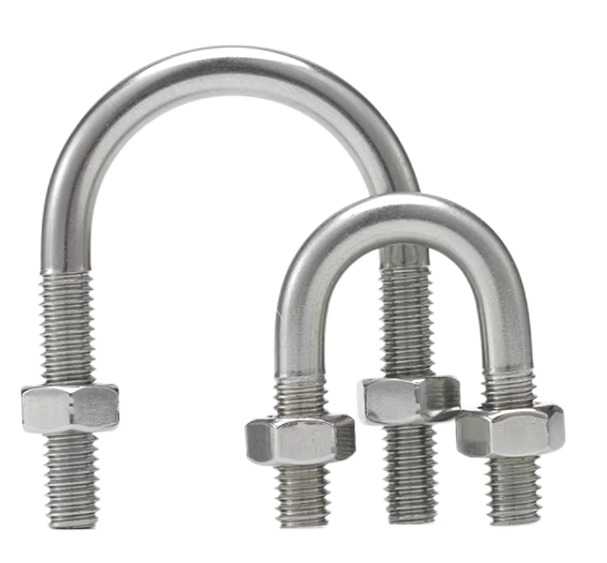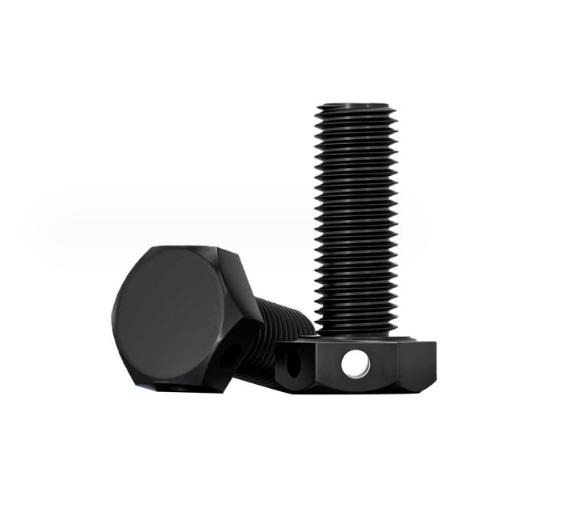Different Bolt Coating Technologies and How to Choose
Corrosion is a significant challenge in various industries, particularly those exposed to harsh environmental conditions. Bolts, as fundamental components in mechanical assemblies, are especially vulnerable to corrosion, which can compromise structural integrity and safety. Bolt coating technologies have emerged as vital solutions for enhancing corrosion resistance. This article delves into the different bolt coating technologies employed to protect bolts from corrosion and how to select the appropriate coating technology, highlighting their mechanisms, applications, and benefits.
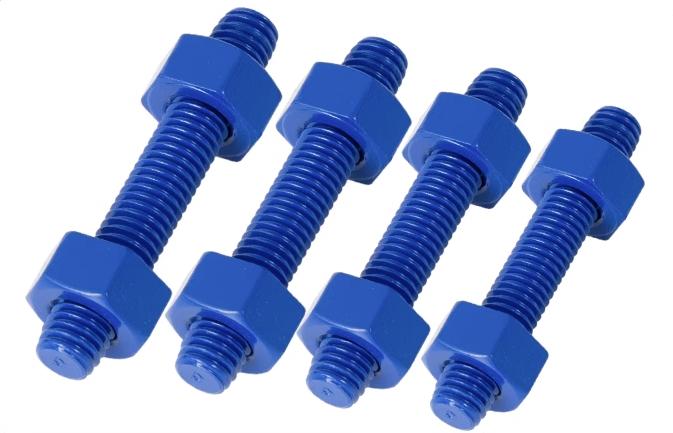
Different Bolt Coating Technologies for Corrosion Resistance
1. Galvanizing
Galvanizing is one of the most widely used methods for protecting bolts from corrosion. It involves applying a zinc coating to the bolt, which acts as a sacrificial layer, corroding before the underlying steel does. There are two primary types of galvanizing:
- Hot-Dip Galvanizing (HDG): Bolts are submerged in molten zinc, forming a thick, durable coating. HDG is ideal for outdoor applications and environments with high humidity or exposure to saltwater due to its excellent corrosion resistance.
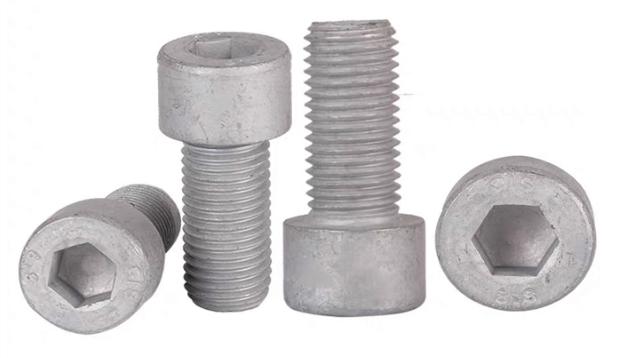
- Electro-Galvanizing: Electrolytic-galvanizing process uses electroplating to apply a thinner layer of zinc compared to HDG. Electro-galvanized bolts have a smooth finish, making them suitable for indoor applications and less corrosive environments.
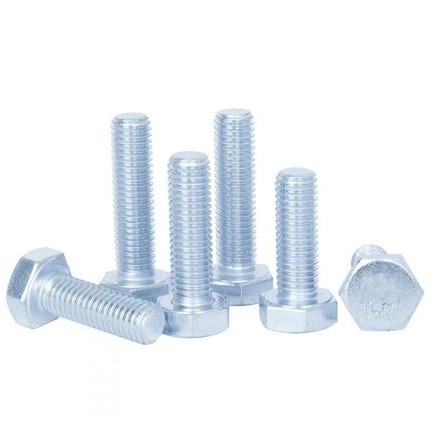
2. Zinc-Nickel Coating
Zinc-nickel coatings provide enhanced corrosion resistance over standard zinc coatings due to the addition of nickel, which increases durability and longevity. These coatings are particularly beneficial in automotive and aerospace industries, where components face extreme conditions. Zinc-nickel coatings also offer superior resistance to mechanical damage and wear.
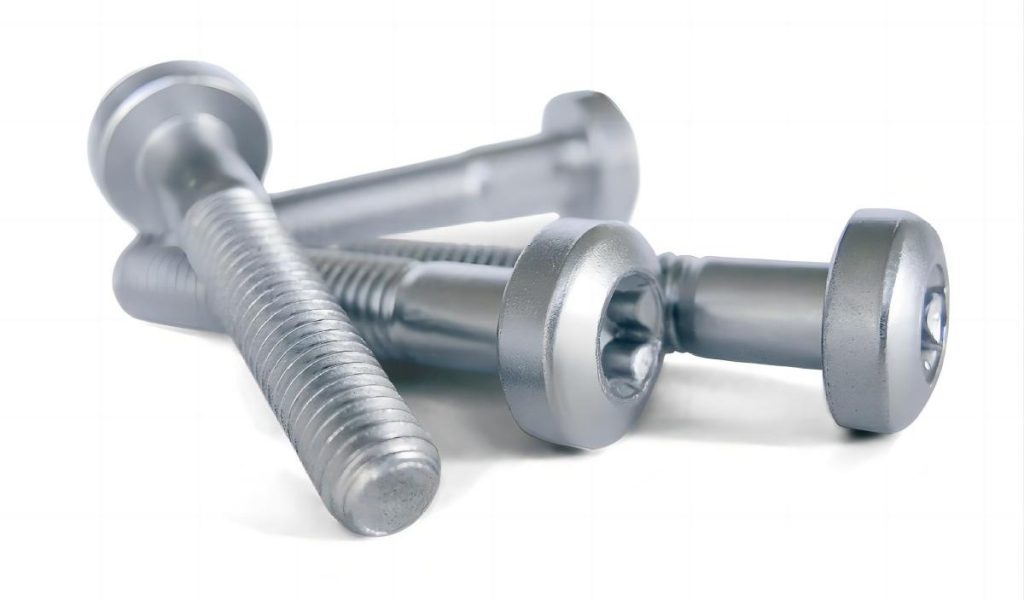
3. Phosphate Coating
Phosphate coatings involve treating bolts with a phosphoric acid solution, creating a crystalline phosphate layer that improves corrosion resistance. These coatings are typically used as a base layer for painting or additional coating, enhancing adhesion and providing a degree of corrosion protection. Commonly used in the automotive industry, phosphate coatings are valued for their cost-effectiveness and ease of application.
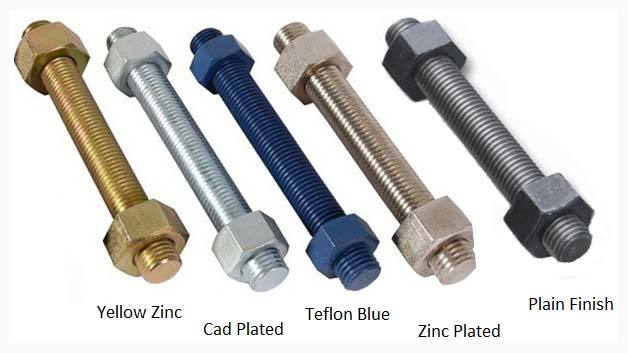
4. Organic Coatings
Organic coatings, such as paints, varnishes, and polymer-based coatings, form a protective barrier on bolts, preventing exposure to corrosive elements. Epoxy and polyurethane coatings are popular choices due to their excellent adhesion, flexibility, and environmental resistance. These coatings can be customized for specific applications by adjusting their chemical composition, making them versatile and effective in various environments.
5. Ceramic Coatings
Ceramic coatings offer high-temperature stability and exceptional corrosion resistance, making them suitable for extreme environments. Applied through techniques like plasma spraying or chemical vapor deposition, ceramic coatings are ideal for applications in aerospace, power generation, and chemical processing industries. Their ability to withstand harsh conditions and high temperatures makes them a valuable option for protecting bolts in demanding settings.
6. Anodizing
Anodizing is an electrochemical process that enhances the natural oxide layer on aluminum alloys, providing a hard, durable, and corrosion-resistant surface. While anodizing is not typically used for steel bolts, it is valuable for aluminum bolts in aerospace and marine applications. Anodized coatings can also be colored, offering both protective and aesthetic benefits.
7. Mechanical Plating
Mechanical plating, or mechanical galvanizing, involves tumbling bolts with zinc powder and glass beads to create a uniform zinc coating. This method is particularly useful for small to medium-sized bolts and offers a cost-effective alternative to electro-galvanizing. Mechanical plating provides good corrosion resistance and is suitable for applications where high performance is not critical.
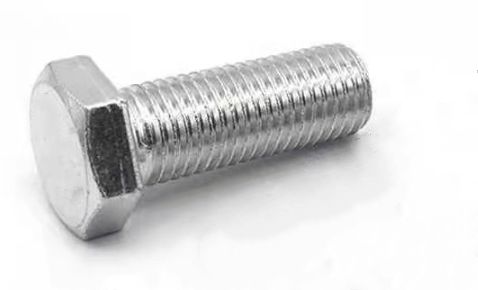
A Comprehensive Guide to Choosing the Appropriate Boat Coating Technology for Corrosion Resistance
1. Assess Environmental Conditions
The environment in which the bolts will be used plays a significant role in determining the appropriate coating. Consider the following:
- Humidity and Moisture: In high humidity or marine environments, coatings like hot-dip galvanizing (HDG) or zinc-nickel are effective due to their excellent moisture resistance.
- Chemical Exposure: For bolts exposed to chemicals or aggressive environments, ceramic coatings or high-performance organic coatings (e.g., epoxy or polyurethane) provide superior protection.
- Temperature Extremes: For high-temperature applications, ceramic coatings are ideal due to their stability and resistance to thermal degradation.
2. Evaluate Mechanical Stresses
The mechanical stresses and wear that bolts will encounter should influence your coating choice:
- Abrasion Resistance: In applications with significant wear and tear, such as automotive or industrial machinery, zinc-nickel or ceramic coatings provide enhanced abrasion resistance.
- Impact Resistance: Coatings like hot-dip galvanizing offer good impact resistance, making them suitable for structural applications where bolts may be subjected to physical impacts.
3. Consider Application-Specific Requirements
Different applications have unique requirements that can dictate the choice of coating:
- Aesthetic Considerations: If appearance is important, such as in architectural applications, electro-galvanizing or anodizing (for aluminum bolts) provides a smooth, visually appealing finish.
- Thickness of Coating: The required coating thickness can vary based on performance needs. For instance, hot-dip galvanizing provides a thicker coating compared to electro-galvanizing, offering better long-term protection in harsh environments.
- Regulatory and Industry Standards: Compliance with industry standards (e.g., automotive, aerospace) may necessitate specific coatings like zinc-nickel or phosphate coatings, which are often mandated for certain components.
4. Analyze Cost and Maintenance Factors
Cost and maintenance considerations are also critical:
- Initial Cost vs. Longevity: While some coatings may have a higher initial cost (e.g., ceramic coatings), their longer lifespan and reduced maintenance needs can offer cost savings over time.
- Ease of Application and Repair: Coatings like mechanical plating or organic coatings are relatively easy to apply and repair, making them suitable for applications where maintenance accessibility is limited.
5. Review Compatibility with Substrate Material
The compatibility of the coating with the substrate material (typically steel or aluminum) is essential:
- Steel Bolts: Common coatings include hot-dip galvanizing, zinc-nickel, phosphate, and organic coatings. Each offers different levels of protection and suitability based on environmental and mechanical factors.
- Aluminum Bolts: Anodizing is particularly effective for aluminum, providing a durable, corrosion-resistant layer that can also be colored for aesthetic purposes.
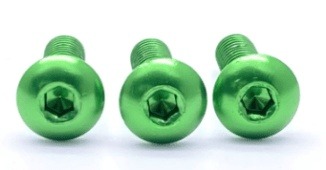
6. Understand the Technical Specifications and Performance Metrics
Evaluate the technical specifications and performance metrics of each coating technology:
- Corrosion Resistance: Measure the coating’s ability to withstand corrosion through standardized tests like salt spray tests or cyclic corrosion testing.
- Adhesion Strength: Ensure the coating adheres well to the bolt surface to prevent peeling or flaking.
- Durability: Assess the overall durability, including resistance to UV light, chemicals, and physical wear.
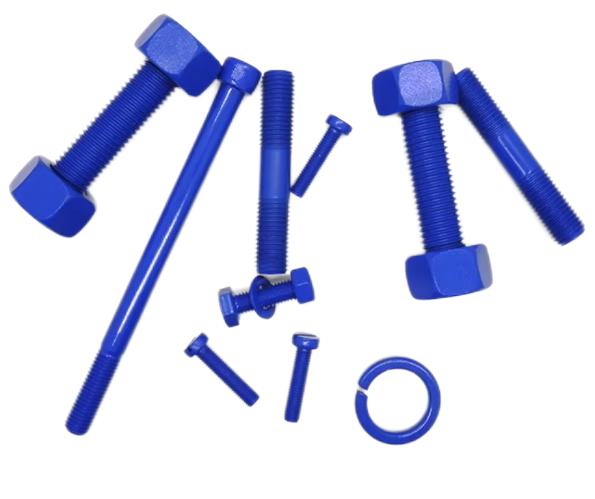
Conclusion
Selecting the appropriate coating technology for corrosion resistance depends on the specific requirements of the application. Galvanizing, zinc-nickel coatings, phosphate coatings, organic coatings, ceramic coatings, anodizing, and mechanical plating each offer distinct advantages and limitations.By understanding these technologies and their applications, engineers and maintenance professionals can make informed decisions to ensure the longevity and reliability of bolted connections in various industries.

